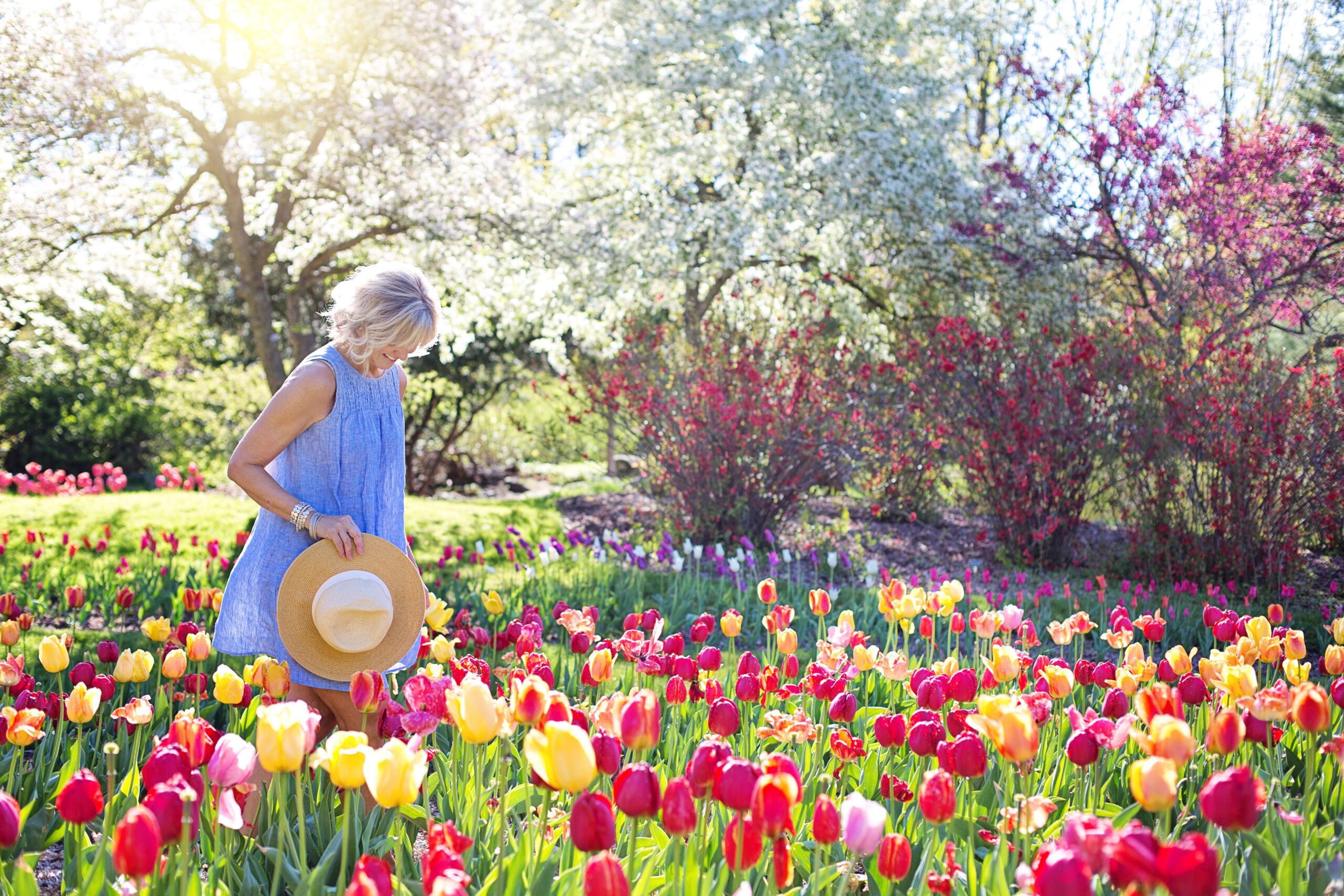Sometimes there’s a bit of sadness as the beauty and colours of our summer gardens start to fade away as the season comes to a close. But there is still lots you can be doing to keep the garden fun continuing into the fall. Here are some of our favourite tips to keep your beautiful garden going strong.
Watering Plants, Trees, and Shrubs
The fall season is when flowers and shrubs tend to focus on growing their roots after spending the summer attending to their leaves and flowers. Autumn is ideal for root growth because the soil is warmed up from summer. Keep an eye on the rainfall in your area to make sure your garden is getting enough water.
- In general, if the temperatures are warm and the weather is somewhat windy then you should continue to water.
- Keep your evergreen trees and shrubs hydrated, especially if rainfall is scarce, because these plants never go completely dormant and need the water to survive drying winter winds.
- Your south-facing plants will need more water than your north-facing ones. It is sometimes easier to hand water these plants especially if they are bunched together.
Tracking Pests and Diseases
Be on the lookout for pests such as thrips, tomato fruitworm, tomato hornworm, spider mites, chinch bugs, scale, snails, and slugs. You’ll also notice more plant diseases as a result of the heat and humidity of summer. Do regular inspections of your gardens for anything potentially harmful.
- Remove diseased foliage but dispose of it in a place that is not your compost pile.
- Disinfect your garden tools between each plant to avoid spreading any diseases to healthy plants.
- If you spot larger sized pests, such as groundhogs or rabbits, near your garden then consider growing plants that resist these creatures next year.
Planting and Refreshing Flowers
Think of shades of oranges, reds, and yellows for your fall flowers. We are partial to chrysanthemums since they come in many colours and shapes and are good pollinators for butterflies. Just remember to save your plant tags so you can recall what you planted come spring.
- Refresh worn out looking annuals by pulling out those that are dead or dying and replace them with some cool season flowers.
- Divide up your perennial flowers such as hosta, Oriental poppy, lily, daylily, ornamental grasses, and bearded iris. Use a garden knife or spade to cut it and then replant these smaller pieces.
- Plant new perennials and flowering shrubs to take root during the cool, moist fall weather such as hydrangeas, sedums, and peonies.
Caring for the Soil
You garden soil in the fall tends to be warm and workable making it ideal conditions to properly prepare. Give the soil a good till to open it up, increase oxygen, and improve the drainage. Try a home soil testing kit to check for nutrient deficiencies and soil pH.
- Stop adding fertilizer to your roses, trees, shrubs, and perennial flowers now so that there is no new growth that probably won’t survive the cold winter temps.
- Add a layer of mulch to prevent ground moisture loss and give the soil a protective covering from cooler temperatures.
- Easily give your garden a decent weeding right after a rainfall when the soil is still moist. If there is no rain, then water your garden thoroughly the night before you do your weeding.
Sowing Vegetable Seeds
Do a search for the phrase “first frost date” and the name of your region or town. Count backwards to estimate how long you have from getting your vegetable seeds in the ground until it turns cold. Here’s our list of suggested vegetables to plant now:
- Arugula
- Kale
- Mustard
- Corn salad
- Endive
- Radishes
Tending to Houseplants
After being outside all summer, your houseplants may have grown a lot and sprung new flowers and leaves. Move them to larger containers with fresh soil. If you’re not sure if the plant is ready for a bigger pot, then check the drainage holes. If you see roots dangling out, then it’s time to transplant it.
- Check your plants for pests before taking them indoors. Look on and under the leaves, on the stems, and at the base of the plants.
- Adjust watering and feeding needs because your indoor conditions will be different from outdoors. Feel the soil to test if the plant needs more or less water.
- Plants that thrive in humidity may struggle to adjust to the dry interior of your home. Try clustering these plants together and stand the pots atop saucers filled with gravel and water.
Harvest Herbs and Vegetables
The oils responsible for the most intense flavour and aroma from herbs peaks in the late summer. In addition to herbs, you should also be harvesting your potatoes, onions, artichokes, cucumbers, parsnips, and eggplants. Here’s some tips for storing all those delicious veggies so you can use them all fall long.
- Store herbs by rinsing them under cold water, chop them up, and place them in water-filled ice cube trays in the freezer. Then you can simply pop out frozen herbs whenever you need them.
- Put your potatoes in well-ventilated baskets in a dark room. Avoid exposing them to light which will turn them green and make that not edible. Onions should be stored in mesh bags hung from the ceiling in a cool, dark room.
- Leave root vegetables in the ground for as long as possible. Once picked, cut off the leafy tops and place them unwashed in boxes layered with slightly damp sand, dry leaves, or sawdust. Store them in a cool place such as your basement.
Free Gardening Resource
THE ULTIMATE GUIDE TO CLEMATIS!
Sign up for our newsletter and get your copy!

